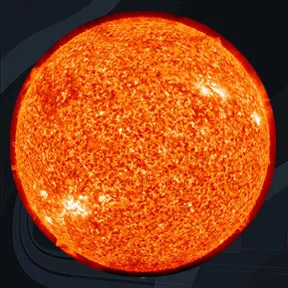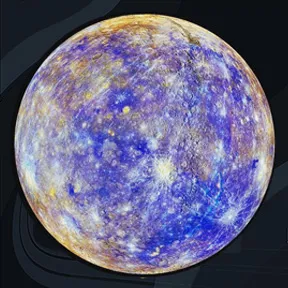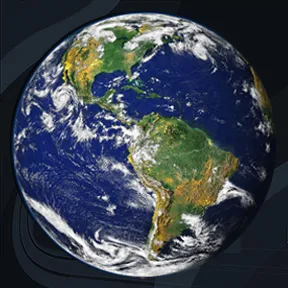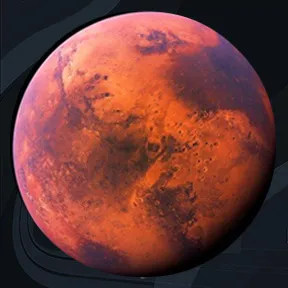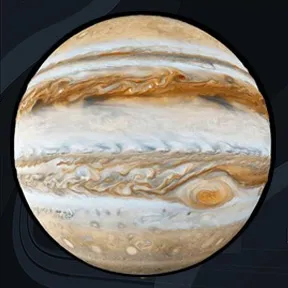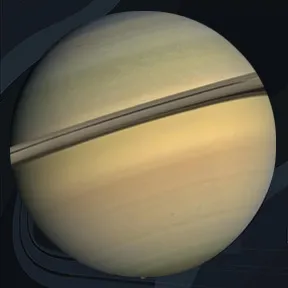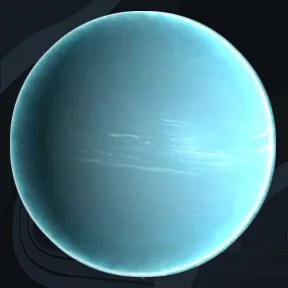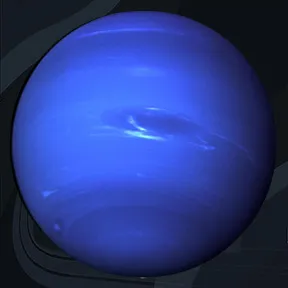The Incredible Discoveries of the James Webb Telescope
Developed by NASA, with the participation of the European and Canadian Space Agencies, the James-Webb Telescope is the largest and most expensive telescope at the time of its launch on December 25, 2021.
In one month, the telescope reached its orbit, 1.5 million km from Earth.
Astronomers where concerned about the James-Webb Telescope, because it could encounter many technical problems, but everything went incredibly smooth and its instruments are even more efficient than expected.
A little more than a year after its launch, the James-Webb telescope has already exceeded all expectations.
The first image of the James-Webb telescope was unveiled on July 12, 2022, an image of the galaxy cluster SMACS 0723 as it was 4.6 billion years ago.
Described by NASA as "the deepest and sharpest infrared image of the distant Universe to date," this image is historic.
SMACS 0723 is a compact cluster of galaxies located more than 4 billion light years from Earth. The photographed area is actually no larger than a grain of sand!
This image is impressive for its precision, 19 galaxies can be seen instead of the 5 observed by Hubble, but it also illustrates an effect of general relativity described by Albert Einstein, the gravitational lens.
The gravitational lensing effect is the deflection of light by a mass (planet, galaxy or cluster of galaxies).
More concretely, when a very massive celestial body is between an observer and a distant light source, the gravitational lens deflects the light rays that pass near it and distorts the images that the observer receives.
This first James-Webb image may help scientists measure the ages and masses of star clusters in distant galaxies in order to build more accurate models of the galaxies that existed in the "cosmic springtime"
After this first image, the James-Webb revealed images all more impressive than the other, which allowed astronomers to make incredible discoveries.
It has revealed unprecedented images of nebula and very distant galaxies, but also stars and planets in our own solar system, such as Jupiter and Neptune, which had never been photographed with such precision.
The launch of the James-Webb telescope serves many purposes.
- JWT will look to the earliest galaxies, those that appeared just after the Big Bang, to observe their diversity and understand their formation.
- JWT will study exoplanets and their atmospheres, looking for biosignatures that could indicate extraterrestrial life.
- JWT will observe the black hole Sagittarius A*, located at the center of the Milky Way, in order to complete the images produced by an array of telescopes in May 2022.
00:00 | Introduction
01:35 | Creation and launch of the James Webb Telescope
04:30 | Background to the creation of the James Webb
05:28 | Objectives of the James Webb
06:14 | James Webb, Complementing the Work of Hubble
09:28 | What are we trying to observe?
09:55 | How does James Webb work?
10:55 | Discoveries of the James Webb telescope
12:05 | The first image of the James-Webb telescope
14:38 | Wasp 39-b
18:08 | The Carina nebula
21:01 | The Orion Nebula
23:27 | The Tarantula Nebula
25:35 | The planetary nebula of the Southern Ring
28:16 | Ancient galaxies
35:55 | The 2nd most distant galaxy: Glass-z13
38:50 | The ghost galaxy M74
41:27 | The Wagon Wheel Galaxy
43:18 | Stephan's Quintet
46:19 | The pillars of creation
48:53 | Jupiter and its auroras
52:34 | Neptune and its moons
56:04 | The exoplanet HIP 65426 b in the mid-infrared
57:26 | LHS 475 b, an Earth-like exo-planet
59:59 | The expectations of the James Webb Telescope

